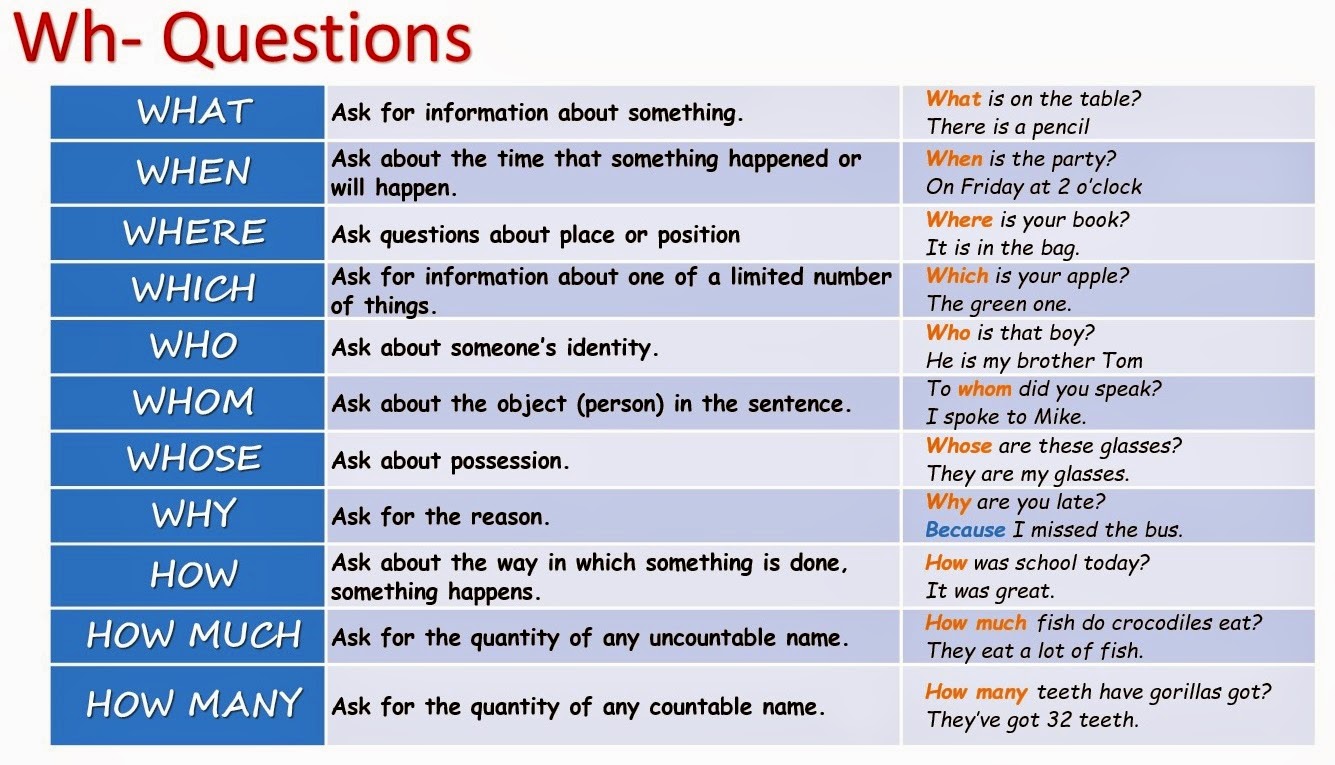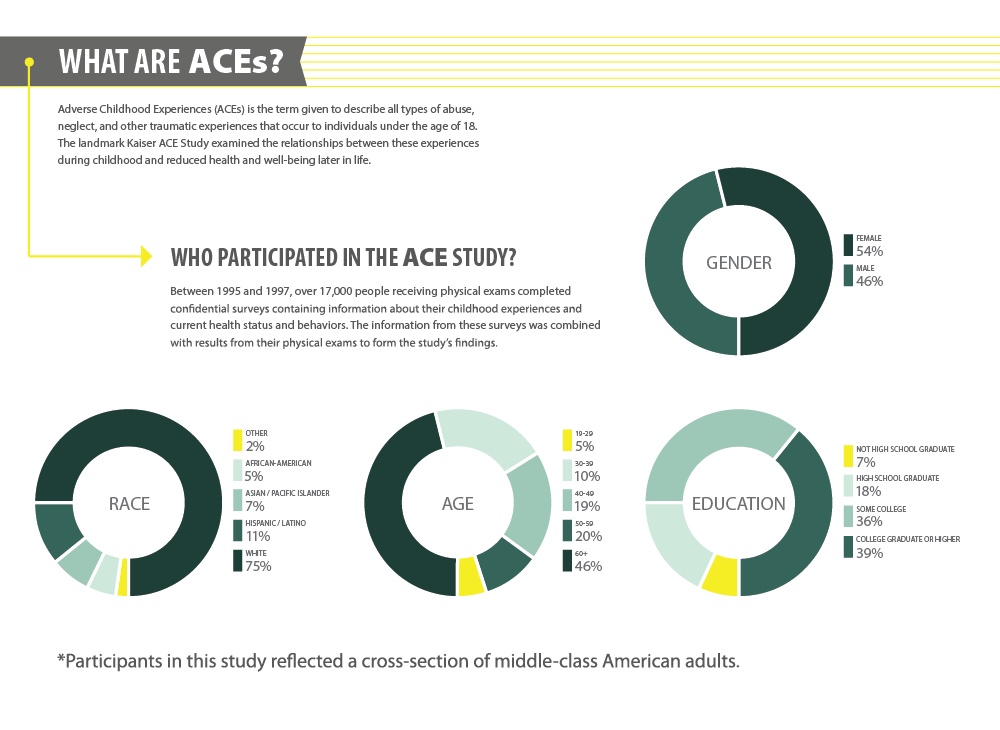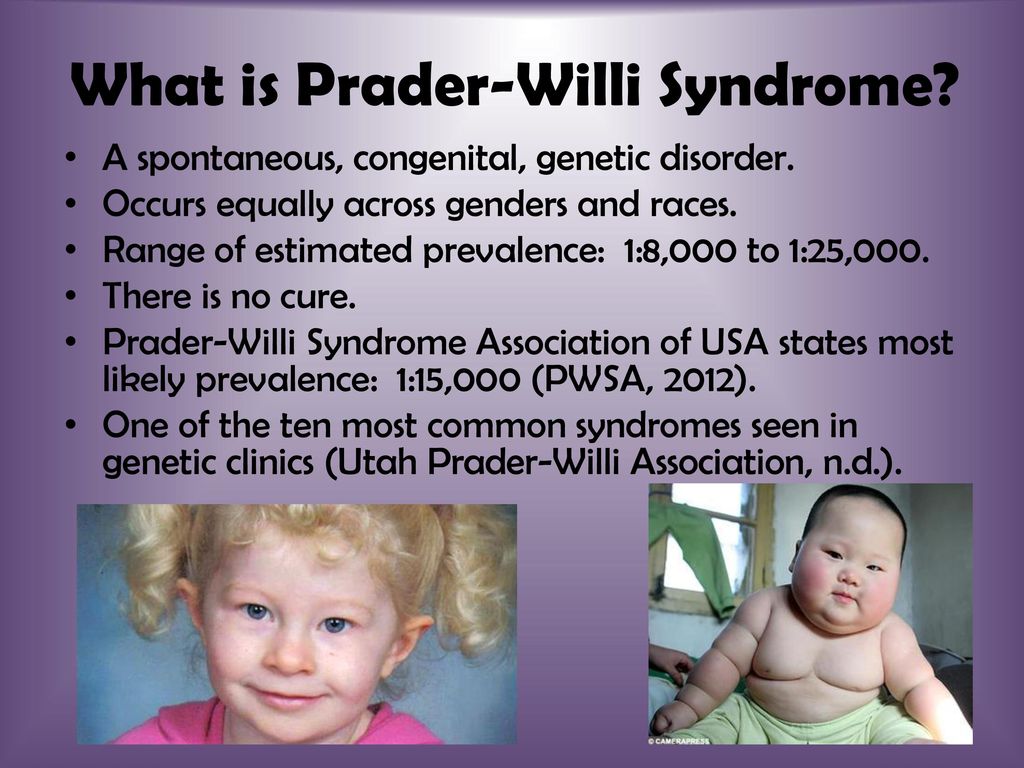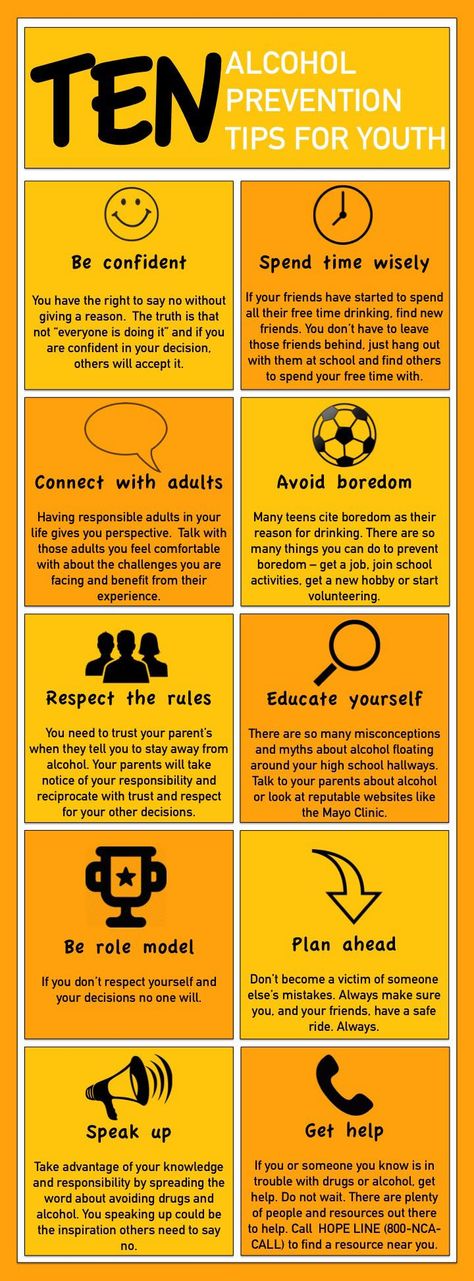How to choose a therapy method
What Kind of Therapy is Best for Me?
You’ve made the decision to go to therapy — great! Often times, that’s the hardest step when it comes to taking care of your mental health. But if you’re wondering, “how do I figure out what kind of therapist I need?” then you’re not alone. There are many, many kinds of therapists and even more types of therapy and counseling. Sites like Good Therapy and the American Psychological Association offer great directories for researching the different types of therapy, but research is often the last thing on our minds when we’re feeling overwhelmed and in need of a listening ear.
To make choosing the right kind of therapy for you a little bit easier, we’ve broken down the essential information below. We’ll tackle the basics of therapy and mental health professionals, and then get into a little more detail on what each type of therapy is most helpful for. Finally, we’ll outline how to choose a therapist that meets your needs. Dealing with our mental health can be challenging enough, but choosing a therapist shouldn't be.
What exactly is therapy and why do some people need it?
When we talk about therapy in this context, what we’re really talking about is psychotherapy. Psychotherapy is person-to-person treatment or management of mental health problems, disorders, and general mental health upkeep. Many people seek out a mental health professional for a specific mental health problem like anxiety, depression, post-traumatic stress disorder, or addiction, but therapy can be a useful tool for anyone. There are types of therapy dedicated to relationships both familial and intimate, grief, loss, illness, break-ups, work stress, existential crises, personal development, and more.
Nearly half of U.S. adults will experience a mental illness in their lifetime, but many of them still don’t seek treatment because of myths surrounding therapy. Let’s break down those myths:
- Therapy is only for crazy people. This is patently untrue. Therapy is for anyone looking for outside feedback and support.
 In this age of tech addiction and growing levels of societal loneliness, therapy will only become a more integral part of our everyday lives.
In this age of tech addiction and growing levels of societal loneliness, therapy will only become a more integral part of our everyday lives. - You need to have a mental health problem to go to therapy. Therapy can be useful during many of life’s obstacles, not just for mental health problems. A good therapist can help you navigate life changes like moving, changing jobs, becoming a parent, improving your habits, and more.
- Therapy is for the weak. It’s a misconception that therapy is about whining. Confronting your feelings and working through challenging thoughts is difficult work. Going to therapy takes courage and should be lauded as a sign of personal strength.
- All therapists say is “and how does that make you feel?” Movies and television have popularized the trope that therapists sit back with their pipes in antique armchairs, asking inane questions that go nowhere. The right therapist will create a more dynamic relationship with techniques learned through years of schooling and expertise, customizing their approach for each of their clients.
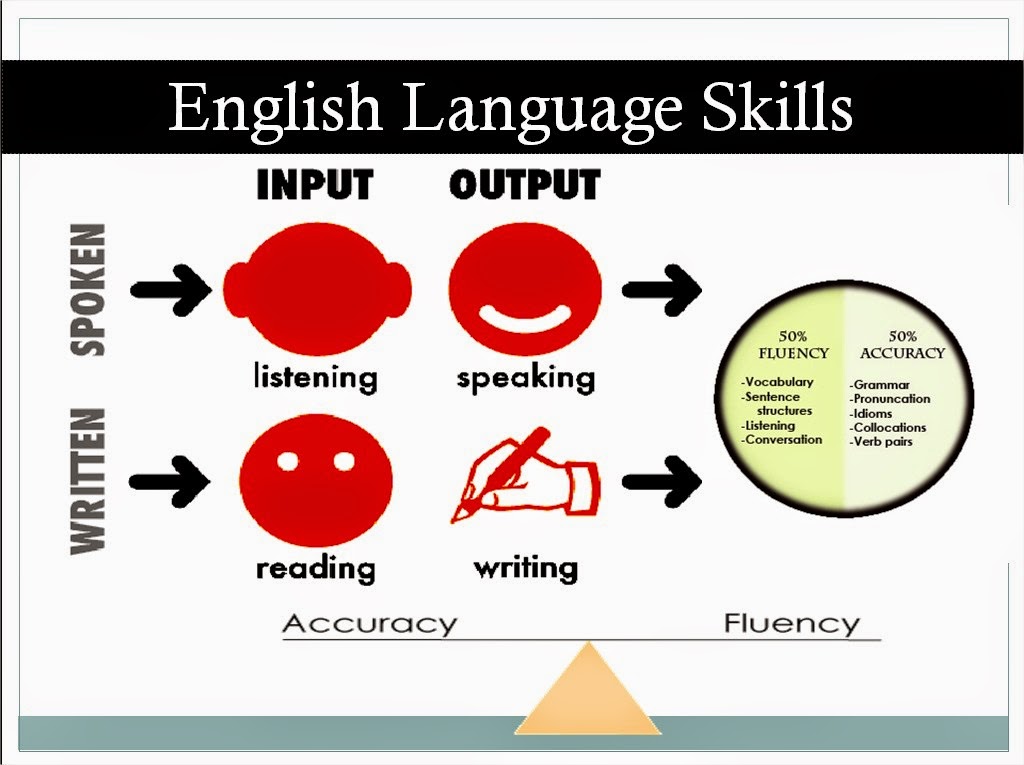
Many people need therapy to deal with mental health problems, but many others simply want an objective professional to help them navigate some of the trickier areas of life. Both are perfectly valid and excellent uses of therapists’ skillsets.
What are the different types of therapy?
Before delving into the different types of therapy, it’s useful to understand the different types of mental health professionals. Some people may be looking for a therapist with advanced training and a state-approved license, while others may find great counsel in life coaches, clergy, or others. Schooling doesn’t always mean the best therapist, but let’s break down some of the more advanced degrees.
Psychiatrist
Psychiatrists are medical doctors (MD or DO) who can prescribe medication to their patients, in addition to practicing psychotherapy.
Psychologist
Psychologists are similar to psychiatrists, but are unable to prescribe medication. In a scenario where they believe a patient would benefit from medication, psychologists typically have a working relationship with other psychiatrists and doctors to facilitate that conversation. Psychologists usually have a doctoral degree (Ph.D or Psy.D typically) and are trained in understanding how the mind and behavior correspond. You may see some psychologists listed as counseling psychologists and others as clinical psychologists — the primary difference is that a counseling psychologist helps patients to deal with more day-to-day problems, where clinical psychology may focus more on severe mental illness. That said, both are considered licensed psychologists and neither will prescribe medication.
Psychologists usually have a doctoral degree (Ph.D or Psy.D typically) and are trained in understanding how the mind and behavior correspond. You may see some psychologists listed as counseling psychologists and others as clinical psychologists — the primary difference is that a counseling psychologist helps patients to deal with more day-to-day problems, where clinical psychology may focus more on severe mental illness. That said, both are considered licensed psychologists and neither will prescribe medication.
Licensed Professional Counselor or Licensed Mental Health Counselor
An LPC or LMHC has a minimum education requirement of a Master’s in Counseling, along with a great deal of training and state certification. Counselors like these can help people develop a better relationship with their mental health, learning strategies to cope with their emotions.
Licensed Clinical Social Worker
LCSWs are usually referred to as clinical social workers or just social workers.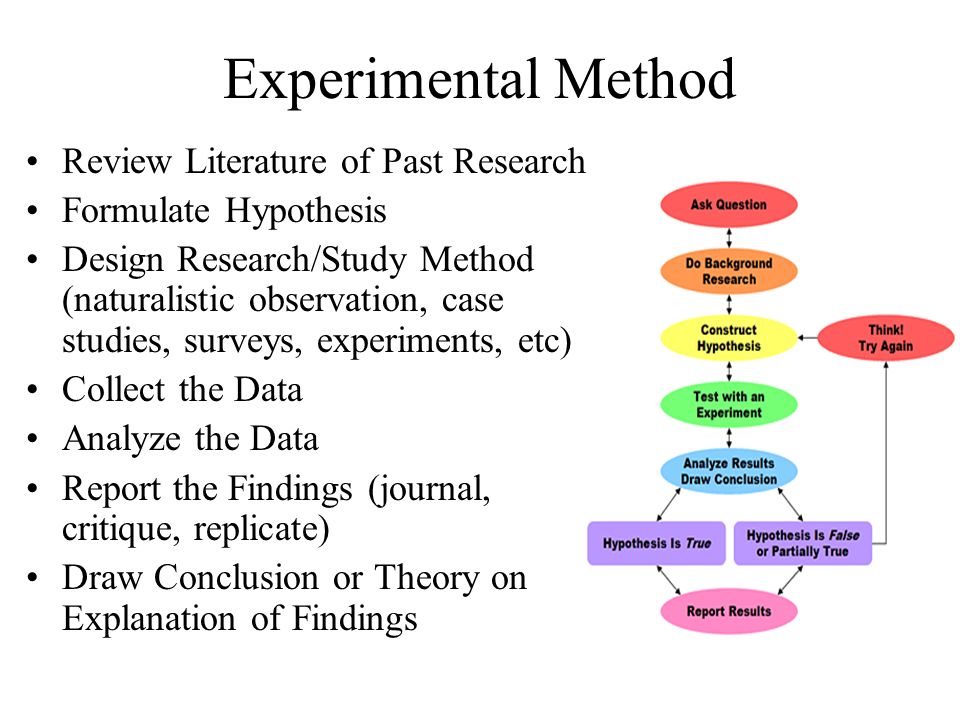 They will have a Master’s degree in social work and undergone thousands of supervised hours. It’s common to associate licensed clinical social workers with working in community related fields, but some of these social workers do maintain private practices.
They will have a Master’s degree in social work and undergone thousands of supervised hours. It’s common to associate licensed clinical social workers with working in community related fields, but some of these social workers do maintain private practices.
These are only a handful of the types of counselors you’ll see, but it should give you a good starting point to understand the alphabet soup of advanced degrees you may see when trying to find the right person for you. All can offer helpful forms of mental health services and health care for many types of problems and mental illness.
For every type of therapist and every type of problem, there are even more types of therapy. Understanding the different types of treatment should help you in your search for the right therapist, but know that most therapists will employ a mix of these techniques for each individual patient. If any technique stands out to you as interesting, or like something you’d like to avoid, you can ask any potential therapist about their experience with that technique during your first consultation.
Common types of therapy
Cognitive Behavioral Therapy
Cognitive Behavioral Therapy (CBT) is a type of short-term therapy focused on changing how you relate to your thoughts and how those thoughts affect your behavior. CBT is not one technique, but encompasses some of the more widely known techniques like Cognitive Therapy, Dialectical Behavior Therapy, and others.
- CBT might be right if: you are dealing with an anxiety disorder, panic attacks, bipolar disorder, or depression. Other behavior-based therapies can be useful for phobias, addiction, and obsessive-compulsive disorder (OCD.)
Dialectical Behavior Therapy
DBT is a comprehensive type of cognitive behavior therapy. It is based on teaching problem-solving techniques and learning acceptance strategies.
- DBT might be right if: other types of therapy haven’t worked for you. DBT is often used to treat issues such as self-harm, eating disorders, destructive thought patterns, borderline personality disorder, and more.

EMDR
Eye Movement Desensitization and Reprocessing Therapy (EMDR) has been growing in popularity for years now. It’s a type of psychotherapy designed to treat the symptoms of post-traumatic stress disorder (PTSD) and other traumas. Make sure your therapist is certified to use this technique. Done right, it can be incredibly valuable and works well with other types of therapy.
- EMDR might be right if: you’ve experienced trauma or deeply stressful events that are causing extreme anxiety.
Mindfulness-based Cognitive Therapy (MBCT) is another cognitive behavioral technique that employs mindfulness to help patients see and understand their negative thoughts, allowing them to gain some distance and alter how they react to those thoughts.
- MBCT might be right if: you suffer from recurrent depression, but MBCT can also be useful for many mental health issues.

Psychoanalysis has been used for years, and has been updated as many times as its been criticized. This is what most people think of when they hear the term “talk therapy.” It’s still a very common form of therapy and can be very useful for bringing unconscious problems to the surface to be dissected and resolved.
- Psychoanalysis might be right if: you have anxiety or self-esteem issues you want to explore further.
Psychodynamic therapy is rooted in psychoanalysis and is another one of the types of psychotherapy, but is a bit simpler. In this technique, your therapist will get to know your feelings, beliefs, and life experiences to help you recognize and change recurring patterns. It can be short-term (a few months) or as long as two years.
- Psychodynamic Therapy might be right if: you’re generally alright, but are struggling with your past and how it may be affecting your future.
 Psychodynamic therapy can be used to treat any number of issues, and may be woven into other techniques.
Psychodynamic therapy can be used to treat any number of issues, and may be woven into other techniques.
As stated earlier, most therapists will not limit themselves to only one of these techniques. They may combine them or alter them slightly for each patient. You’ll likely see several of these styles listed on every therapist’s website.
In addition to techniques, there are also many different types of arrangements. Here are just a few:
- Individual: This is the most common type of therapy. All therapy will be one-on-one unless otherwise stated.
- Family: Family therapy can be valuable for all familial relationships, whether between siblings, parents and children, or other family members. You may see these practitioners referred to as marriage and family therapists.
- Couples: Couples Therapy can be stigmatized as a sign that your relationship is falling apart, but it’s actually an incredible tool for developing a deeper bond or preparing for changes ahead.
 Many couples find value in this type of therapy when shifting responsibilities, like a change in the breadwinner or becoming parents.
Many couples find value in this type of therapy when shifting responsibilities, like a change in the breadwinner or becoming parents. - Group: Most group therapy deals with some form of substance abuse or addiction, but group therapy can also be useful for trauma, grief, and victims of physical abuse.
- Therapy for certain life events: Some therapists specialize in very specific life moments including but not limited to medical issues, childbirth, divorce, death, impotence, infertility, and others.
- Online vs in-person: It’s becoming more and more common for therapists to offer remote services via phone or video chat. If special situations prevent you from seeing a therapist in an office, this may be a great choice. At Two Chairs, we value the in-person element of therapy, and suggest building your trusting relationship with a therapist in-person whenever possible.
How do I choose the right therapist/therapy for me?
The most important question to ask yourself is what you want to get out of therapy. That answer may be as simple as, “I want to feel better,” but being able to share that with a potential therapist will help both of you determine if it’s a good fit.
That answer may be as simple as, “I want to feel better,” but being able to share that with a potential therapist will help both of you determine if it’s a good fit.
Take time to think through what sort of environment you feel comfortable in and what accessibility you may have to a potential therapist. You can visit our guide on how to find a therapist if you’re not sure where to start.
Once you have a short list of therapists that you’re interested in, set up phone consultations with each. These calls will help you to investigate a few things like availability, cost, and how many therapy sessions to expect, but they should also help you determine if you feel comfortable. While you’re on the call, think about these questions:
- Do you feel like you can talk to this person?
- Do you feel like you can be honest?
- Does it feel like this person accepts you?
- Are they a good listener?
- Will they customize their approach for you?
For a good fit, therapy should be an open line of communication.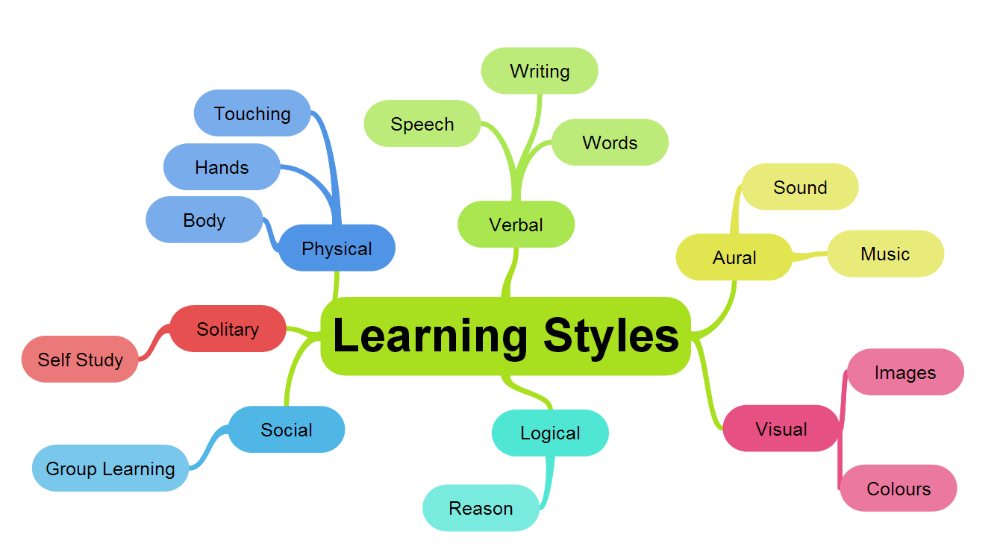 In your first session, you’ll be laying the groundwork for what you want to work on. Don’t be afraid to push back if something doesn’t feel right to you, and if something really doesn’t feel right, you’re under no obligation to continue seeing someone. Therapy won’t always feel amazing, but it should always feel safe.
In your first session, you’ll be laying the groundwork for what you want to work on. Don’t be afraid to push back if something doesn’t feel right to you, and if something really doesn’t feel right, you’re under no obligation to continue seeing someone. Therapy won’t always feel amazing, but it should always feel safe.
The next step in your well-being
Hopefully this guide provided you with the basics of therapeutic approaches, and you know enough about the types of therapy and psychotherapy to make informed decisions. Remember, therapy can be work, but it really helps, and therapists want to help you. Doing this research is the first step to a better understanding of yourself and better mental health.
If you or someone you know is seeking mental health care, you can reach out to our Care Coordination team at [email protected] or by phone at 415.202.5159.
If you or someone you know is experiencing an emergency or crisis and needs immediate help, call 911 or go to the nearest emergency room.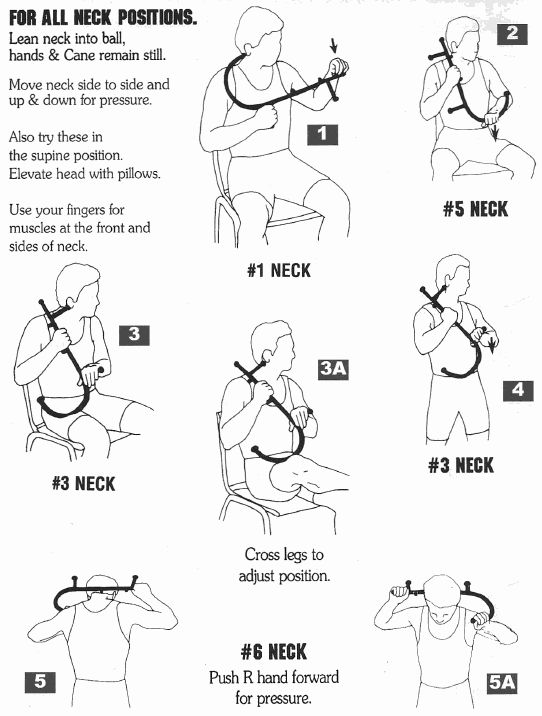 Additional resources can be found here.
Additional resources can be found here.
How To Choose The Right Therapy Approach
You’ve made the difficult decision to seek support from a therapist. Now what?
It can be an uncomfortable experience to be vulnerable with a complete stranger. Even harder sometimes, to figure out what type of therapy is right for you.
You’ve probably heard a bunch of different terms like holistic, modalities, eclectic, CBT, DBT, EFT, EMDR. What does this all mean and how can it help you find a therapist?
There is no one-size-fits-all approach to therapy, and the therapist that works well for someone else might not work as well for you. However, many therapists practice a variety of approaches and often combine them into a treatment plan.
Here are seven therapeutic approaches that you might be curious about. Know that you’re not alone in deciding what’s right for you. All therapists are here to guide and educate you on what might be the best approach for you.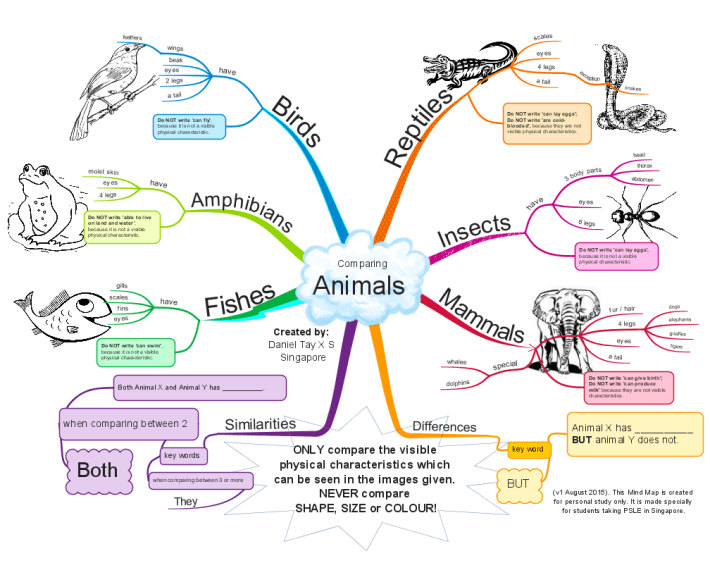
1. Cognitive Behavioural Therapy ( CBT)
CBT focuses on the development of personal coping strategies that target solving current problems and changing unhelpful cognitive patterns (e.g. thoughts, beliefs, attitudes, behaviours, emotions). CBT is an action-oriented form of therapy focusing on specific problems related to a diagnosed mental disorder. The therapist’s role is to assist the individual in finding and practicing effective strategies to address the identified goals and decrease symptoms of the disorder. CBT is based on the belief that though distortion and maladaptive behaviours play a role in the development and maintenance of psychological disorders (e.g. depression). Symptoms and associated distress can be reduced by teaching new information-processing skills and coping mechanisms.
Duration: A typical CBT program usually consists of 6–18 sessions. Some booster sessions (after 1–3 months) might follow.
Structure: Often brief, direct, and time-limited treatments for individual psychological disorders that are specific technique-driven.
Effective Treatment For: Depression, anxiety, post-traumatic stress disorder (PTSD), tics, substance abuse, eating disorders, borderline personality disorder, OCD.
2. Dialectical Behaviour Therapy (DBT)
DBT is a therapy primarily designed to help people suffering from personality disorders. This approach works towards helping people increase their emotional and cognitive regulation by learning about the triggers that lead to reactive states and helping to assess which coping skills to apply in the sequence of events, thoughts, feelings, and behaviours to help avoid undesired reactions. DBT assumes that people are doing their best but lack the skills needed to succeed, or are influenced by positive or negative reinforcements that interfere with their ability to function appropriately
Duration: DBT is a longer-term therapy. The average length of time that an individual stays in the DBT program is 2 1/2 years. Sessions are aimed to help the person generalize their skills into their lives, support them while they do trauma work (if necessary), and get them closer to their long-term goals.
Structure: DBT focuses on the client acquiring new skills and changing their behaviours with the ultimate goal of achieving a “life worth living,” as defined by the client. Usually done through skills curriculum either in individual one-on-one or group sessions.
Effective Treatment For : DBT is used primarily in the treatment of suicidal ideation, borderline personality, self harm, substance dependence, eating and food issues, depression, and PTSD.
3. Emotionally Focused Therapy ( EFT)
EFT approach is based on scientific study of adult love and bonding processes in couples, and is designed to address distress in the intimate relationships. EFT is based on the premise that human emotions are connected to human needs, and therefore emotions have an innately adaptive potential that, if activated and worked through, can help people change problematic emotional states and interpersonal relationship.
Duration: EFT is usually a short-term treatment (8–20 sessions).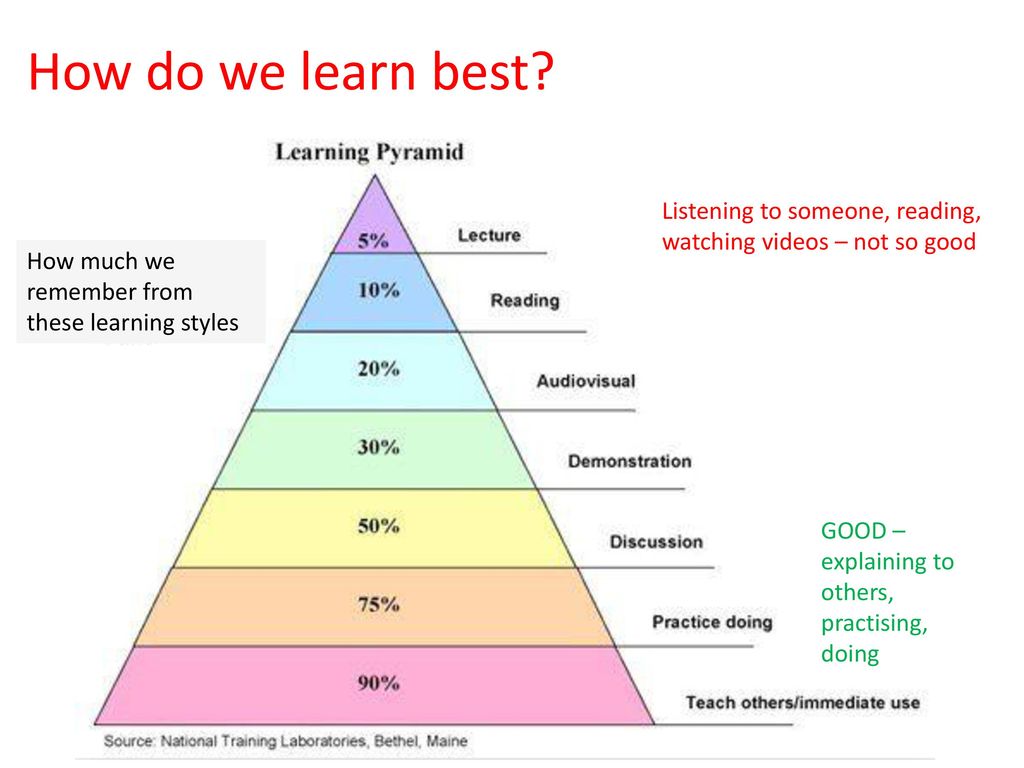
Structure: In EFT the therapist will encourage the person(s) to look at current emotional issues and then help discover feelings and emotions that the person(s) may not realize they have. Helping to direct new conversations and interactions based on these. EFT focuses on the present time to makes changes in the here and now.
Effective Treatment For — typically work with couples and families to help facilitate closeness, and connection in intimate relationships.
4. Eye Movement Desensitization and Reprocessing (EMDR)
EMDR is a form of psychotherapy, which uses eye movements or other forms of types of visual, auditory, or tactile external stimuli occurring in a rhythmic pattern to assist clients in processing distressing memories and beliefs. It is commonly used for the treatment of post- traumatic stress disorder (PTSD). The theory behind the treatment assumes that when a traumatic or distressing experience occurs, it may overwhelm normal coping mechanisms. This therapy is based on the idea that negative thoughts, feelings and behaviours are the result of unprocessed memories.
This therapy is based on the idea that negative thoughts, feelings and behaviours are the result of unprocessed memories.
Duration: The type of problem, life circumstances, and the amount of previous trauma will determine how many treatment sessions are necessary.
Structure: EMDR includes having the individual recall distressing images while receiving one of several types of visual, auditory, or tactile external stimuli occurring in a rhythmic pattern, such as side-to-side eye movements or hand tapping. Unlike CBT with a trauma focus, EMDR does not involve detailed descriptions of the event, direct challenging of beliefs, extended exposure or homework.
Effective Treatment For: PTSD, trauma
5. Interpersonal Psychotherapy (IPT)
Interpersonal psychotherapy (IPT) is a brief, attachment-focused psychotherapy that centres on resolving interpersonal problems and symptomatic recovery. IPT is based on the principle that relationships and life events impact mood and vice versa. The aim of IPT is to help the person to improve interpersonal and intrapersonal communication skills within relationships and to develop social support networks with realistic expectations to deal with the crises precipitated in distress’ and to weather ‘interpersonal storms’.
The aim of IPT is to help the person to improve interpersonal and intrapersonal communication skills within relationships and to develop social support networks with realistic expectations to deal with the crises precipitated in distress’ and to weather ‘interpersonal storms’.
Duration: Usually 12–16 weeks.
Structure: Highly structured and time-limited approach. Employs homework and structured interviews and assessment tools.
Effective Treatment For: Depressive disorders, substance use disorders, eating disorders, grief/loss, conflict in significant relationships, difficulties adapting to change, difficulties from social isolation.
6. Mindfulness-Based Therapy
Therapeutic approaches grounded in mindfulness promote the practice as an important part of good physical and mental health. Mindfulness-based stress reduction, Designed to deliberately focus a person’s attention on the present experience in a way that is non-judgmental.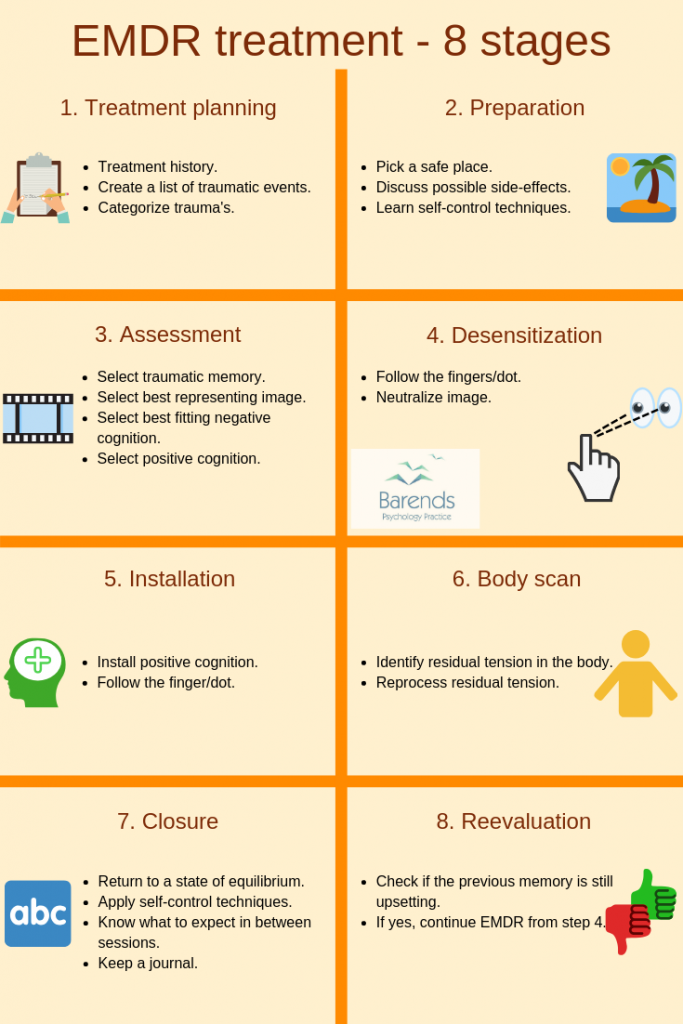 Mindfulness and mindfulness meditation focus on becoming aware of all incoming thoughts and feelings and accepting them, but not attaching or reacting to them. This process is known as “decentering” and aids in disengaging from self-criticism, rumination, and dysphoric mood that can arise when reacting to negative thinking patterns.
Mindfulness and mindfulness meditation focus on becoming aware of all incoming thoughts and feelings and accepting them, but not attaching or reacting to them. This process is known as “decentering” and aids in disengaging from self-criticism, rumination, and dysphoric mood that can arise when reacting to negative thinking patterns.
Duration: Can be done in individual one-on-one sessions or in a group session. Usually 8 sessions
Structure: Mindfulness-based approaches are most commonly delivered through the use of mindfulness meditation. During mindfulness meditation, the therapist will typically guide the client to direct their focus on the present moment.
Effective Treatment For: Addressing stress, chronic pain, cancer, anxiety, depression, eating and food issues, psychosis, bipolar, panic attacks, attention deficit hyperactivity , PTSD.
7. Solution Focused Brief Therapy (SFBT)
SFBT is a goal-directed collaborative approach to psychotherapeutic.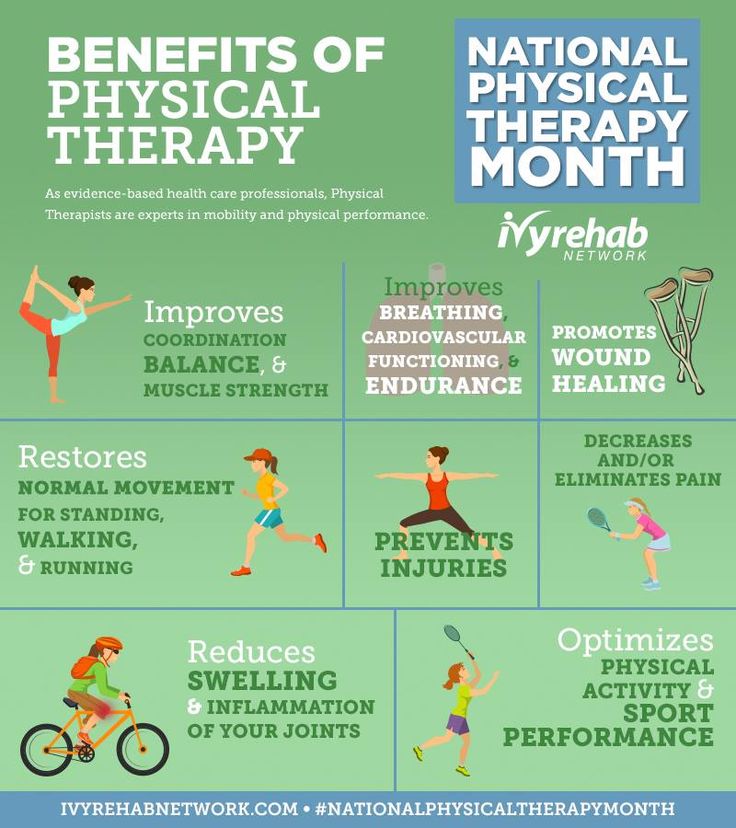 This therapy modality focuses on the present and future, focusing on the past only to the degree necessary to gain an accurate understanding of the persons concerns. Focus is on identifying the individuals goals, generating a detailed description of what life will be like when the goal is accomplished and the problem is either gone or coped with satisfactorily.
This therapy modality focuses on the present and future, focusing on the past only to the degree necessary to gain an accurate understanding of the persons concerns. Focus is on identifying the individuals goals, generating a detailed description of what life will be like when the goal is accomplished and the problem is either gone or coped with satisfactorily.
Duration: As the name implies therapy is brief. Average is usually 4- 8 sessions.
Structure: SFBT is future-focused, goal-directed, and focuses on solutions, rather than on the problems.
Effective Treatment For: Youth who are experiencing behavioural concerns or academic/school- related concerns. It has also proven effective as an approach to family therapy and couples counselling. SBFT may not be recommended for those who are experiencing severe mental health concerns
The bottom line
As you can see there are several different approaches or modalities of therapy.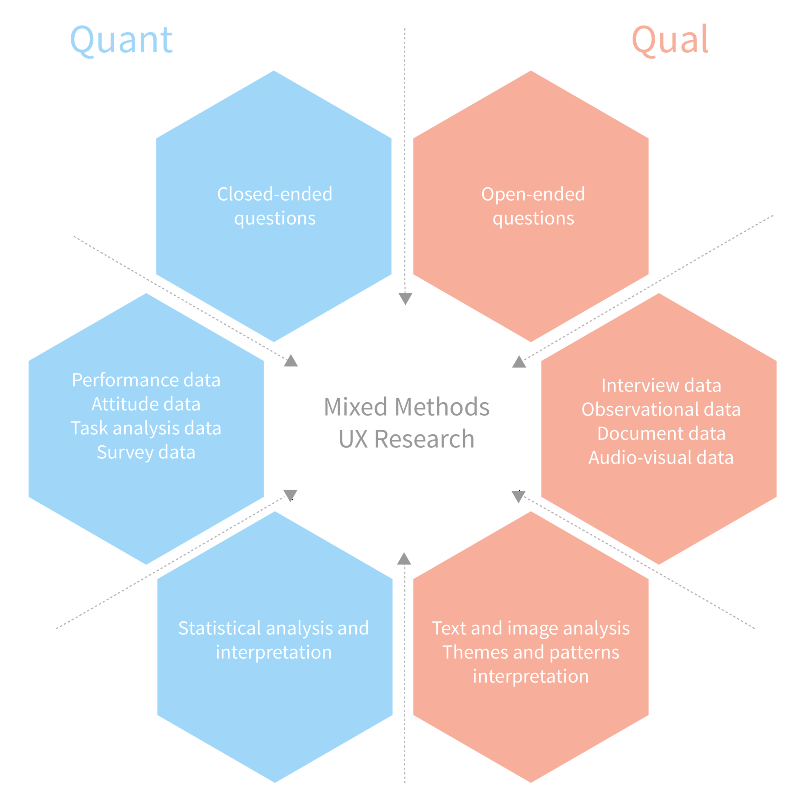 Some therapists are trained in several different techniques and use an eclectic approach to therapy. In other words, they use elements from a range of therapeutic approaches, with the goal of establishing a course that is personally tailored to the client. One size does not fit all
Some therapists are trained in several different techniques and use an eclectic approach to therapy. In other words, they use elements from a range of therapeutic approaches, with the goal of establishing a course that is personally tailored to the client. One size does not fit all
Many therapists take a holistic perspective, approaching the person as a whole being, helping them to gain awareness of the connections between emotions, thoughts, physical experiences, and spiritual understandings.
Shift has a variety of therapists trained in all these approaches and also offers a 15 minute free consultations, so that you have an opportunity to meet with a few different therapists to get a sense of what they’re like. These consults are a chance to get to know each other. Don’t feel greedy by booking multiple Meet & Greets! We support you in “shopping around” to find a therapist that fits you and your needs before you jump in.
I want to go to psychotherapy.
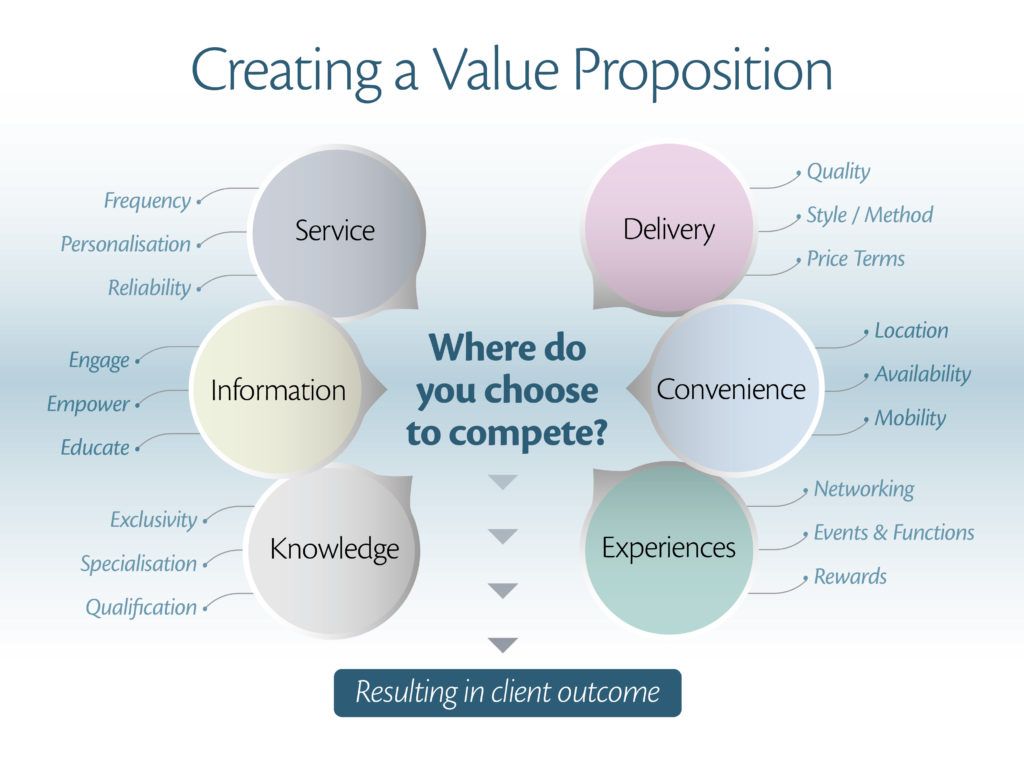 Which method to choose? — Meduza
Which method to choose? — Meduza 1
Why do you need to understand the types of psychotherapy?
Recently, many turn to psychotherapists or at least think about it. However, there are many different methods of therapy, in which it is easy to get confused. Friends and acquaintances may recommend you what worked for them, but your situation is likely to be different. The specialists themselves, as a rule, will also offer the approach within which they practice. Even those who try to combine different methods of psychotherapy in their practice, more often than not, they are best versed in one of them.
At the same time, there is no one method of psychotherapy that is generally better than all the others: the choice depends only on your characteristics, on the type of problem and on how ready you are to solve it. We asked clinical psychologist and psychotherapist Viktor Bogomolov to talk about seven popular techniques - from psychoanalysis to hypnosis - and explain what to expect from them.
2
Psychoanalysis and psychoanalytic therapy
Many different types of therapy fall into this group, but they have one thing in common - this is the method of interpretation. In the process of psychoanalysis, the therapist attempts to explain the client's symptoms and suffering through interpretations of his words and behavior. All this is related to past experience and is based on how you behave at the reception. As a rule, this method involves long-term work, and in the case of psychoanalysis, it is also frequent, meetings with a psychoanalyst can take place several times a week.
The interpretation method may be useful to those who feel the problem, but do not fully understand what it is, how to approach the solution and what result they would like to achieve. If you tend to think carefully and weigh all aspects of a situation before acting, you are concerned about your inner world - you are here. But if you are an active person who is used to setting clear goals, then psychoanalysis is not the best choice. And you should not resort to it if you have a very specific problem or symptom that interferes with life.
And you should not resort to it if you have a very specific problem or symptom that interferes with life.
3
Cognitive behavioral therapy
This type of psychotherapy involves working with thoughts and behavior. This means that the specialist will give many explanations of what is happening to you and why, how your problems are arranged, and also what your thoughts and actions lead to their occurrence. He will also set a lot of tasks that will have to be completed between meetings. For example, notice and write down certain thoughts that arise during the day. In some cases, a psychotherapist may go out with you to the city and help you behave in a new way in frightening or painful situations. This is called a behavioral experiment.
This method can be useful for a person who is determined about the problem, is used to actively overcoming difficulties in life and prefers clarity and clarity. This method is worth paying attention to if you have been thinking about your problem for a long time and feel the need to solve it. In addition, the type of problem itself is important here: cognitive-behavioral therapy copes well with various types of anxiety disorders, fears and fears.
In addition, the type of problem itself is important here: cognitive-behavioral therapy copes well with various types of anxiety disorders, fears and fears.
4
Gestalt therapy
If we talk about the behavior of a psychotherapist in sessions, then gestalt is the most vague type of therapy. But still, there are some general patterns. As a rule, Gestalt therapists pay the most attention to the experiences and emotions of the client and offer to focus on them. In addition, the idea of personal independence is especially important for Gestalt therapy. Ultimately, this approach allows customers to better understand what they want and how they can get it from other people.
If you prefer talking about feelings to talking about thoughts, if you are interested in improving your relationships with others and learning to stand up for yourself, then this method may be a good option. It is also appropriate in situations where you understand that you can no longer behave "in the old way" and are ready to take risks by trying new things.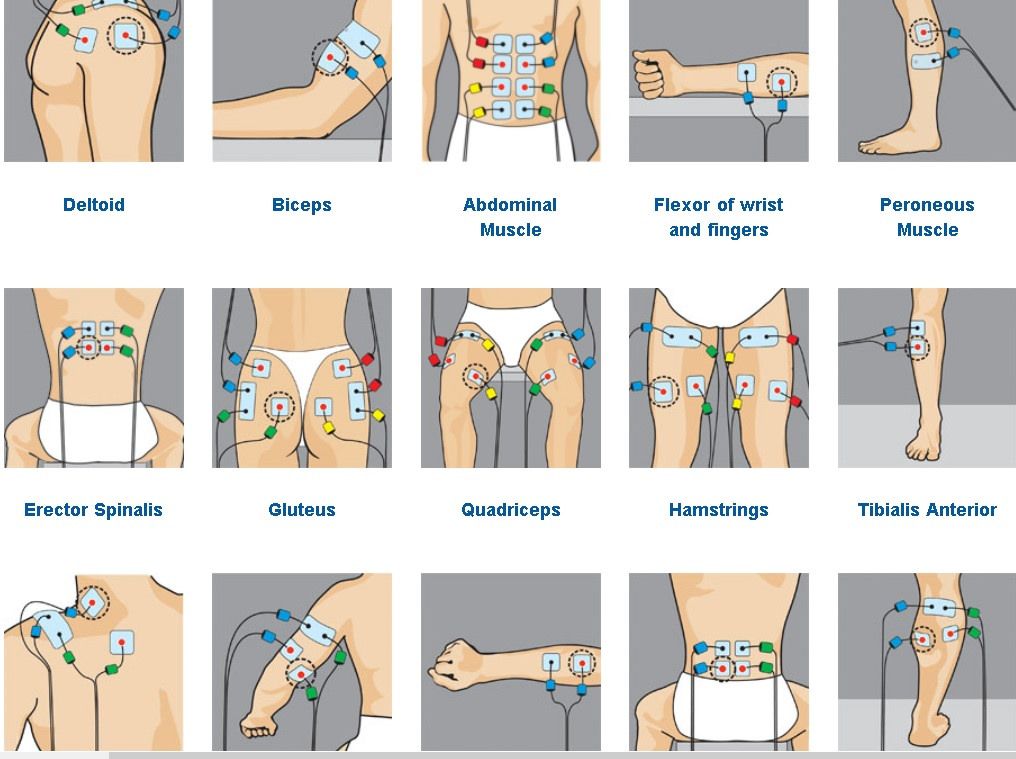
5
Hypnosis
Strictly speaking, hypnosis is not a separate method, but an “addition” to other types of psychotherapy. However, often specialists claim to be hypnotherapists and use this method as one of the main ones. In the process, the therapist makes various types of suggestions so that the client experiences changes in sensations, perceptions, thoughts, or behavior. Don't be afraid: hypnosis is a well-researched and scientifically based method of psychotherapy. It is important to understand that hypnosis involves the active participation of the client in the process, and not just following the instructions of the specialist.
Hypnosis is a short-term form of psychotherapy and works best for specific problems. For example, associated with involuntary reactions, pain or psychosomatic symptoms.
6
Eye Movement Desensitization and Processing
This method involves dealing with the client's traumatic or painful memories. The therapist asks you to recall or imagine certain situations in your imagination and at the same time moves your fingers or a pointer in front of your face, triggering certain eye movements. Such movements help to process memories and sensations: the very memory of painful events will remain, but they will no longer bother you. It sounds amazing, but this is one of the recognized methods of behavioral therapy. Research confirms that this is one of the effective methods in the treatment of post-traumatic stress disorder and getting rid of the consequences of psychological trauma.
7
Narrative Therapy
Narrative is essentially the story of your life. The therapist helps build it the way you want, and not the way "you need to live" according to society or parents. Often the stories that are really important to you personally go against social precepts. This is where a therapist comes in to help. You will be asked a lot of questions: this is what will help to say what is valuable to you. The therapist will help to fix the most important things on paper - in the form of a diary, letters or notes.
Narrative therapy is one of the most democratic methods of psychotherapy, since the therapist does not give prescriptions, recommendations, tasks or interpretations, but only asks questions and with their help guides the client in the conversation. This is a good solution if you are annoyed by advice, but you are not sure how to solve your problems.
This is a good solution if you are annoyed by advice, but you are not sure how to solve your problems.
8
Solution Oriented Brief Therapy
As the name implies, the focus here is not on finding and analyzing the causes of problems, but on finding solutions, so it is the exact opposite of psychoanalysis. Psychotherapists working in this direction believe that in order to solve a problem, it is not at all necessary to spend a long time researching the causes of its occurrence, and this psychotherapy involves a small number of sessions. The specialist focuses on the expectations of clients, their capabilities and needs. The whole method is future-oriented: leading questions help you describe the situation you hope to achieve. During therapy, simple and easy tasks are used to help you see your strengths, to notice what actions lead to positive changes - even if they are very small at first.
This method can gently nudge you in the right direction if you don't like to delve into problems and talk about actions is easier for you than about inner feelings. But for this you need to be determined to deal with the difficulties that you have encountered.
But for this you need to be determined to deal with the difficulties that you have encountered.
9
What else should you pay attention to if you decide to see a psychotherapist?
Ironically, the method the therapist uses has the least effect on the outcome. It is much more important that you feel that the therapist accepts and understands you, treats you with respect and listens attentively. This is the foundation without which it will be difficult to advance in work.
The second important point is the therapist's understanding of your goals and objectives, the result you expect from therapy. If the therapist did not understand your goals or began to impose his own, you need to talk to him about this topic. If after that he continues to insist on his own vision of the task, it is better to turn to someone else. Feel free to discuss your doubts with your therapist if you feel that specific techniques are not suitable for you. A therapist who is interested in making you feel better will try to find the most effective ways to achieve your goals.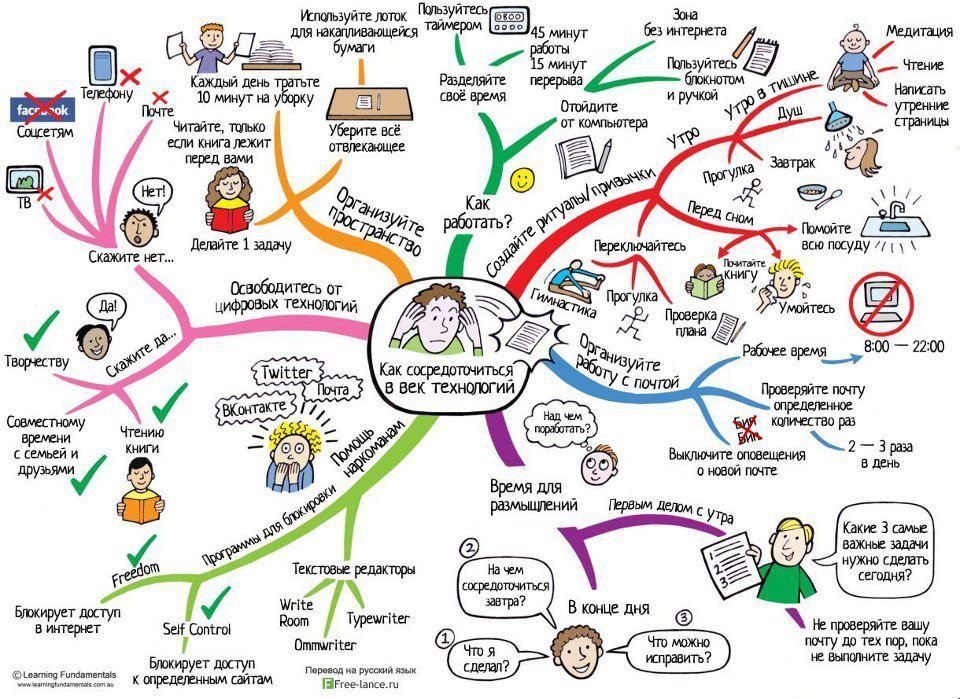 Wake-up call - if you are told that you have too much "resistance" or you are not interested in recovery. In this case, try to find another specialist.
Wake-up call - if you are told that you have too much "resistance" or you are not interested in recovery. In this case, try to find another specialist.
Viktor Bogomolov , clinical psychologist, psychotherapist
How to choose your approach to psychotherapy? A guide to types from Gestalt to Cognitive Behavioral
Going to a psychotherapist has become a part of everyday life, as well as taking care of mental health in general. Of course, the number of psychotherapeutic methods and directions has also increased. For each situation, temperament and self-perception, you can choose your own psychotherapeutic approach that will best help you.
Many specialists often master several methods at once - this should be clarified before the start of the sessions. Below are the most popular ones.
Psychoanalysis
For lovers of the classics and long conversations. This group includes many different types of therapy and approaches, but the main thing here is the method of interpretation and speed.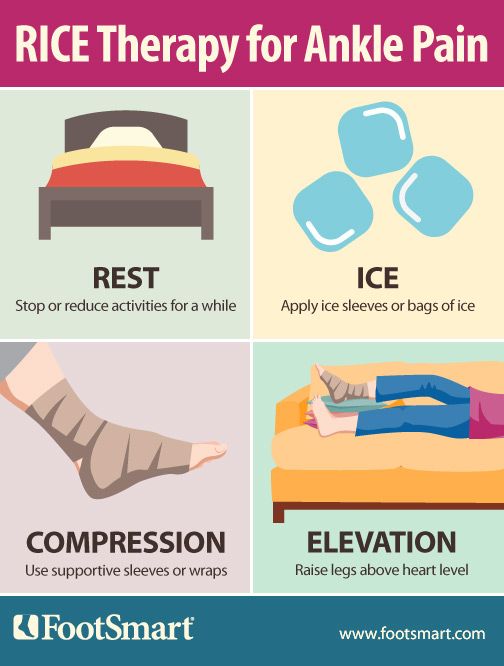 The psychoanalyst gradually gets acquainted with the client's history and accumulates knowledge about his reactions, and then gives an explanation of the words and behavior of the patient. If you have a specific problem, such as a fear of airplanes, then most likely psychoanalysis will not suit you. But if you can't understand why you can't build trusting relationships with people, then stop.
The psychoanalyst gradually gets acquainted with the client's history and accumulates knowledge about his reactions, and then gives an explanation of the words and behavior of the patient. If you have a specific problem, such as a fear of airplanes, then most likely psychoanalysis will not suit you. But if you can't understand why you can't build trusting relationships with people, then stop.
Natalia Oshemkova,
senior lecturer at the Moscow Institute of Psychoanalysis, clinical psychologist at the Center for Modern Psychotechnologies :
“Psychoanalysis is a long-term and not very structured job, so the downside is a lot of time and money spent. The advantage is the ability to understand yourself more globally, beyond the scope of one narrow request. Classical psychoanalysis is a rather categorical approach. The psychoanalyst is rather “above” the client, he can interpret his dreams, slips of the tongue, and so on, but in the modern world, even psychoanalysis is changing towards more following the client. Psychoanalysts have the most stringent ethical codes: the psychoanalyst must keep himself a "blank slate". It cannot be revealed to the client, so as not to destroy the so-called transference.
Psychoanalysts have the most stringent ethical codes: the psychoanalyst must keep himself a "blank slate". It cannot be revealed to the client, so as not to destroy the so-called transference.
Gestalt Therapy
Gestalt does not attempt to analyze the unconscious, but pays great attention to the client's feelings and needs. This approach teaches you to talk about feelings and be aware of them. Ultimately, people begin to hear themselves better and understand their desires. Gestalt is suitable for those who want contact with their emotions - and, accordingly, for those who lack this contact. This is largely self-discovery therapy: the client explores his emotional reactions, learns to understand the repressed ones. As a result, his level of awareness increases - as well as the quality of life.
Karina Zinchenko ,
psychologist, gestaltist:
is to complete for oneself emotionally unlived situations. The Gestalt therapist pays attention not only to the client's story, but also to his bodily and emotional reactions, which complement the overall picture. Gestalt is suitable not only for solving current difficulties, but also for dismantling situations from childhood and behavior patterns formed there.
The Gestalt therapist pays attention not only to the client's story, but also to his bodily and emotional reactions, which complement the overall picture. Gestalt is suitable not only for solving current difficulties, but also for dismantling situations from childhood and behavior patterns formed there.
Cognitive behavioral therapy
Finding and understanding automatic thoughts is the basis of the method of cognitive behavioral therapy. About six thousand such quick thoughts arise in our head per day, which are a response to what is happening to us. They are always evaluative, and often these are negative evaluations. Automatic thoughts are evolutionarily justified - they are needed so that we can quickly respond to changes in the environment. We do not even have time to realize most of the thoughts, but they trigger a certain emotional reaction. In order to understand why our state has changed (anxiety, fear or apathy appeared), it is necessary to identify what kind of thought caused this change.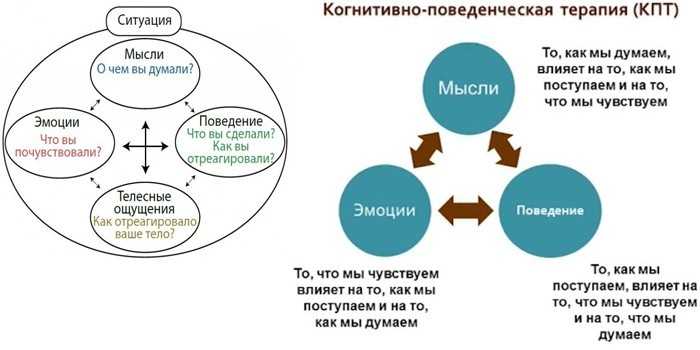
The task of a cognitive behavioral therapist is to extract from the unconscious person the quick thoughts, beliefs and attitudes that interfere with him. And after extraction, bring them to a rational level and correct them.
Cognitive Behavioral Therapy is suitable for the treatment of post-traumatic anxiety disorder and is well established in the treatment of depression, eating disorders, or social phobias.
Eye movement desensitization and processing
American psychologist Francine Shapiro developed the method in the late 1980s. It is based on the understanding that a person has an adaptive system that processes stress, and sometimes it gets stuck on especially strong experiences, any reminder of them literally throws a person into past experience, forcing him to experience difficult emotions over and over again. In order to process this experience, it is required to restart all systems that once accepted this experience. And these are sight, hearing and touch - three systems that we use constantly when receiving any experience.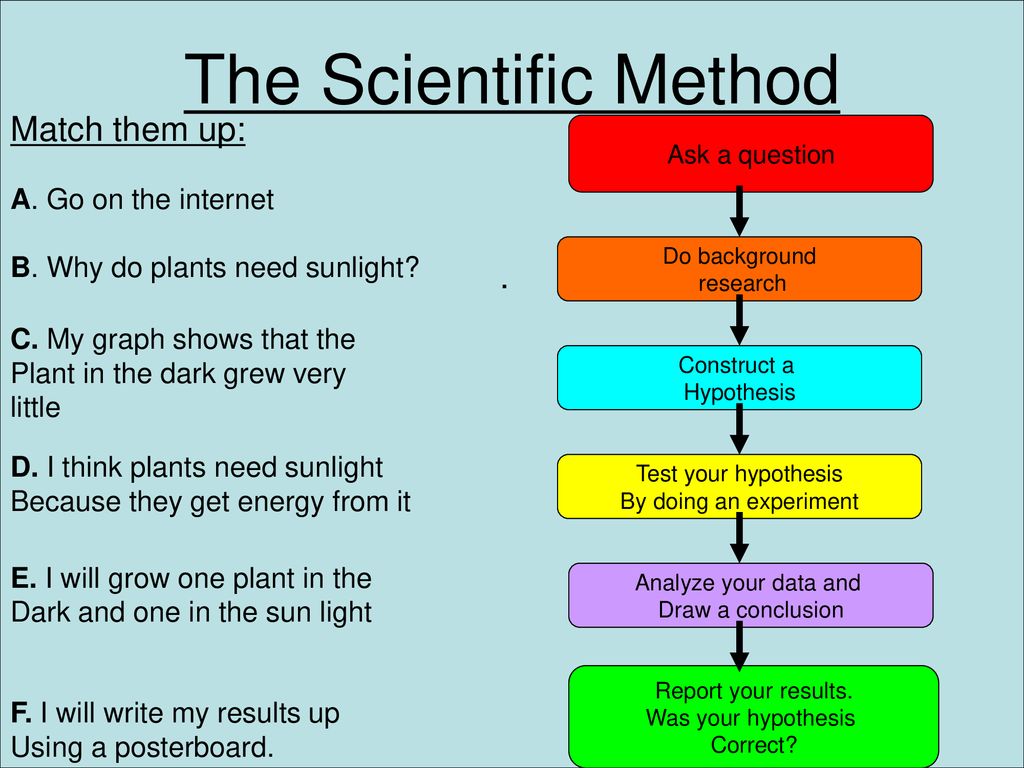
EMDR (eye movement desensitization and reprocessing) sounds like a miracle, but it works and there are a lot of studies backing it up. The client recalls a traumatic event, while the therapist asks questions or asks to imagine certain situations, while moving his fingers in front of the client's face, triggering eye movements. As a result of therapy, the experience ceases to be traumatic.
Processing of negative material is carried out due to bilateral stimulation - alternate excitation of cortical areas of one hemisphere of the brain, then the other with the help of visual, auditory and tactile systems.
The therapist can move the hand to control eye movement, flick a pen (control hearing), or tap the back of the hand (including touch). It has been proven that DPDH is more effective than antidepressants in the treatment of post-traumatic syndrome.
Scheme Therapy
For those who like to clearly lay out everything on the shelves. The schema therapy approach is based on the fact that all life situations are divided into adaptive, which help to survive, and maladaptive, which interfere. In fact, the task of the therapist is to reformat the schemas of the client.
In fact, the task of the therapist is to reformat the schemas of the client.
One of the cool tricks of schema therapy is rescripting, that is, literally rewriting traumatic memories. The client learns to protect their vulnerable part by changing the feeling of the traumatic memory. For example, instead of shame and helplessness, a person learns to experience security and safety.
The session is a bit like a time machine - an adult client from the present seems to be going to his past and comforting himself of the past in every possible way.
Body-oriented psychotherapy
This therapy is based on the belief that all our experiences are reflected in the body. Muscle cramps, back pain, and anything else may indicate psychological problems. All therapy is based on the study of bodily sensations and various physical exercises. During the session, you will move a lot, dance and move around the therapist's office.
Karina Zinchenko ,
psychologist, gestaltist:
Suitable for working on almost any problem: from panic attacks and insomnia to psychosomatic disorders and relationship difficulties.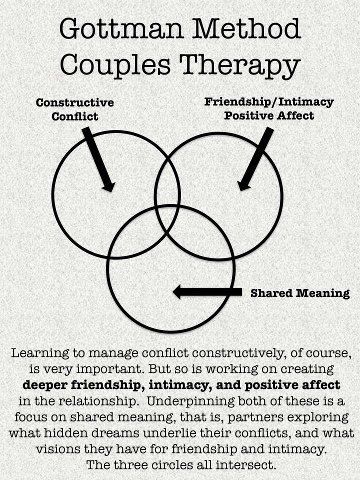
Narrative psychotherapy
Its meaning is to transfer difficult internal experiences to the outside world - the client literally invents a story of his life, examines it from the side and changes it. One of the attractive features of this method is that the client and the therapist are on an equal footing. The helping specialist always remains an observer.
This type of psychotherapy is suitable for dreamers and lovers of metaphors. If you do not have a well-formed request and you cannot understand what is bothering you, then this method will work best for you.
And how do I choose an approach?
Natalya Oshemkova,
clinical psychologist, senior lecturer at the Moscow Institute of Psychoanalysis:
“First, decide on a request. If you have a suspicion or an established diagnosis (depression, bipolar disorder, schizophrenia, OCD), that is, a disorder or disease, you should first contact a psychiatrist and, possibly, then a clinical psychologist.
For some diseases like schizophrenia and bipolar disorder, pharmacological treatment is indicated first of all, and psychotherapy acts more as a support. For some diseases, only a rather narrow set of methods is suitable - for example, with borderline personality disorder, dialectical behavioral therapy is indicated. For some, the combination of therapy and pills is effective, and the first element is more important, and there are many options for psychotherapeutic work - this primarily concerns depression.
If you are healthy and you are worried about ordinary life difficulties like unresolved conflicts, choice problems, self-doubt, you can choose any method of psychotherapy that responds - contact with a specialist is more important than specific techniques. If you want slowly, thoughtfully and deeply - psychoanalysis, quickly and specifically - a cognitive-behavioral branch, deeply, but faster and on an equal footing with a therapist - something from an existential-humanistic direction, quickly and creatively - hypnosis and art technologies.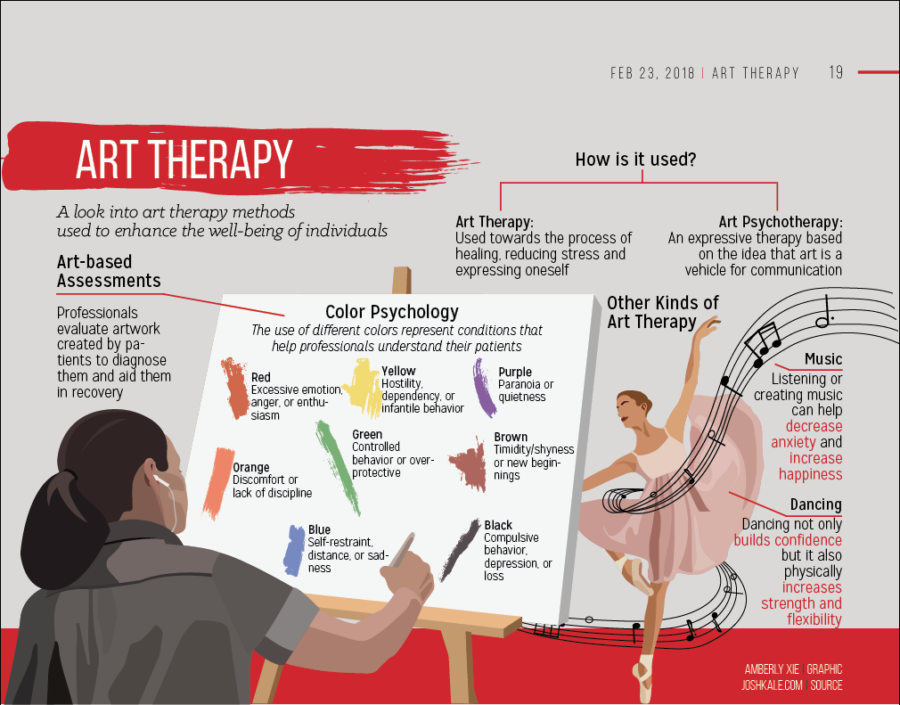
Learn more
